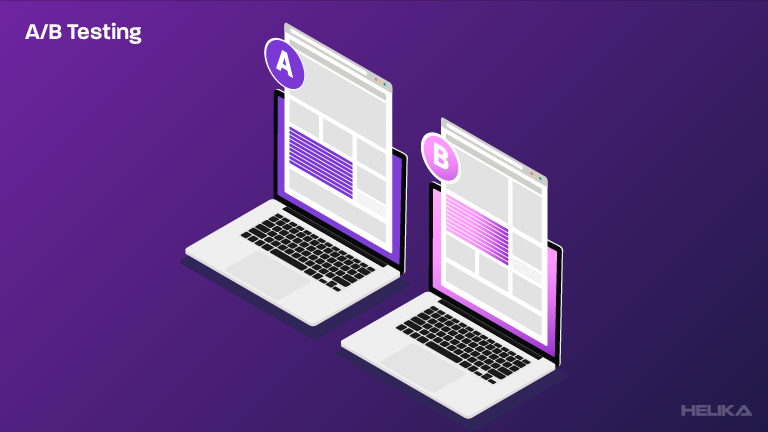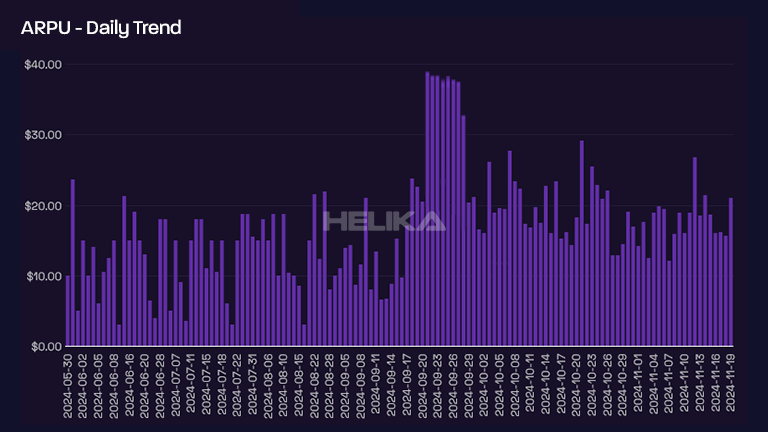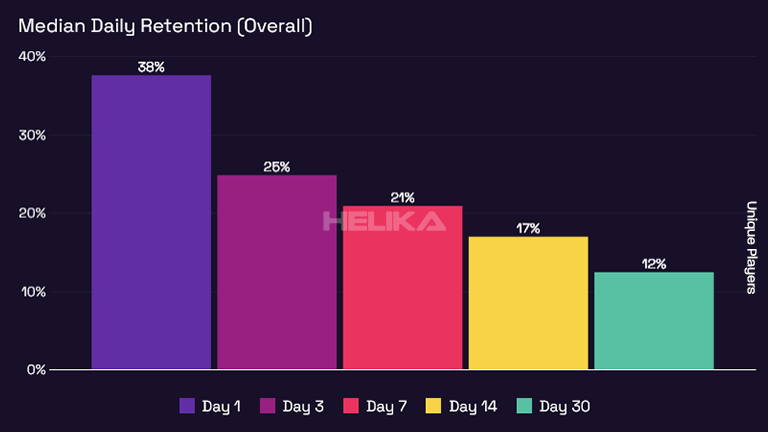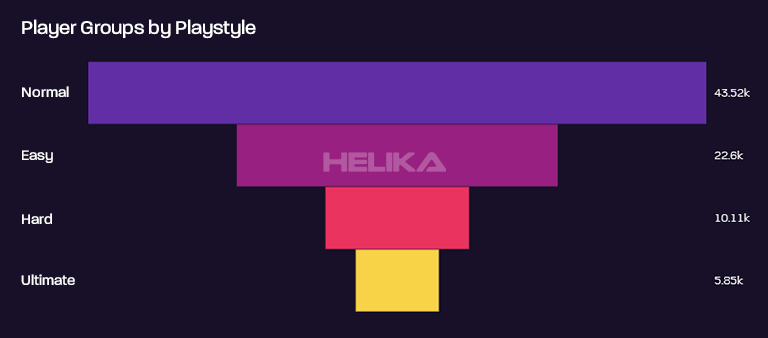A/B testing, also known as split testing or bucket testing, is a powerful tool used by product managers and developers in the gaming industry to continuously improve their games. It involves presenting different versions of a game element, such as a level or feature, to different groups of players and analyzing the resulting data to make data-driven decisions.

In today’s highly competitive mobile gaming market, A/B testing has become a crucial component of the game development process. It allows developers to understand player preferences and optimize their games for maximum user engagement and revenue. In this article, we will delve into the benefits and strategies of A/B testing for mobile games.
The Main Goal of A/B Testing
Simply put, finding the best variation that leads to your desired outcome is the main goal of A/B testing. This outcome, also known as the goal metric, can vary depending on the game and its objectives. For example, for a hyper-casual game, the goal metric could be the average revenue per user (ARPU), while for a strategy game it could be player retention.


Whether you’re funnelling new users into your game or attempting to improve user retention and average revenue from existing players, A/B testing can help you achieve your goal. With the ability to test every aspect of a game, from its design and gameplay mechanics to its in-game advertisements and monetization strategies, A/B testing has become a vital tool for game developers to optimize their products and stay ahead of the competition.
By clearly defining what is it you’re trying to improve, creating a hypothesis on why a different variation would be better, and testing it with a portion of your player base, you can validate your assumptions and make data-driven decisions that lead to a better player experience and improved game performance.
Example Use Cases of A/B Testing
Rather than changing multiple elements of a game at once, A/B testing allows developers to test one variable at a time, which makes it easier to determine the impact of each change. For example, if your goal is to increase the number of players completing a specific level, you can test different difficulty levels or rewards for completing the level and measure which version results in the highest completion rate.

Another example could be testing different in-game advertisements for monetization. By presenting two versions of an ad to different groups of players, developers can gather data on which ad generates more clicks or purchases, and adjust their monetization strategy accordingly. Although it may seem tedious to test one variable at a time, this method allows for more accurate and reliable results.
A hyper-optimized game can lead to increased player retention, engagement, and revenue. Even a slight improvement in one variable can make a significant impact on overall game performance and player experience. Imagine a 1% higher conversion rate for an in-game item and you have 100,000 monthly players that reach that level. That’s 1000 extra sales per month, which can add up to a significant increase in revenue over time.
Common Mistakes Made When A/B Testing Games
When it comes to A/B testing, there are a few common mistakes that game developers make. One of them is not having a clear goal in mind before starting the test, as we suggested earlier. Without a specific objective, it can be easy to get lost in the data and lose sight of what you’re trying to improve.
Another mistake is not testing for a long enough period of time as well as inconsistent testing. Game performance and player behavior can vary over time, so it’s important to gather data over an extended period to get a more accurate representation of overall performance. Inconsistent testing, such as changing variables or testing different versions at different times, can also skew results and make it difficult to draw meaningful conclusions.
It’s possible to deliver two seperate versions of a game to different groups of players through A/B testing, which can result in player segregation and unequal experiences. This can lead to negative feedback from players who feel like they’re missing out on certain features or aspects of the game.
This can be an effective practice when working with paid game testers to cut-down the time of response cycle; However, when testing with live players, it’s important to be mindful of the impact on player experience and consider alternative methods such as staggered rollouts or targeted testing.
Game developers going about A/B testing also need to be cautious of making too many changes at once. While it may seem tempting to test multiple variations of different features, this can make it difficult to determine which specific change had a positive or negative impact on player behavior. It’s best to isolate variables and track their effects individually for more accurate results.
As you can see, there are many potential mistakes that could be made during game testing and we aren’t even scratching the service. Rather than waste resources, develop confusion, an potentially harm player experience, it’s important to have a well thought out and organized testing process in place. That’s why working with Helika for your gaming analytics needs is a smart choice. Our team of experts have years of experience in game testing and analytics, ensuring that your testing process is efficient, accurate, and provides valuable insights to improve your game.
How To Make Data-Driven Decisions
To ensure accurate and reliable results from A/B testing, it’s essential to gather high-quality data. This means tracking the relevant metrics and segmenting data by different player demographics such as age, gender, and location. By analyzing the data, developers can identify patterns and trends that can help guide their decision-making process.
It’s also crucial to have a clear understanding of the goals you want to achieve with A/B testing. This will help in selecting which variables to test and how long the testing should be conducted. It’s recommended to let A/B tests run for at least a week, as this allows enough time for a significant number of players to experience the different versions.
Ultimately, making data-driven decisions should be left to professional data analysts as it can be difficult for developers to accurately interpret and draw conclusions from the data on their own. It’s important to have a team or individual who is trained in data analysis and can provide valuable insights into the results of A/B testing.
At Helika, we’ve helped leading game studios optimize their games through A/B testing and data-driven decision-making. Our team of experts can assist in setting up and conducting A/B tests, as well as providing insightful analysis to help developers make informed decisions for their game’s success. With the rise of data and analytics in the gaming industry, it’s crucial for developers to embrace A/B testing to stay competitive and ensure the best possible player experience.
Improving In-Game Mechanics After A/B Testing
Once you have completed your A/B testing and analyzed the results, it’s time to make improvements based on the insights gained. This can involve tweaking game mechanics, changing the user interface, or adjusting difficulty levels. Some best practices for improving player engagement are often missed when developers rely solely on their intuition. A/B testing provides concrete data to support any changes made, leading to higher conversion rates and influence desired outcomes.
A/B testing at specific points within games also helps to improve user experience. For example, if you A/B split test the difficulty at a certain level, and there is a statistical significance in favor of the easier difficulty, then it may be beneficial to adjust the game’s overall difficulty. This can lead to more in-app purchases and player engagement as players are more likely to continue playing if they feel challenged but not frustrated.
With that being said, the ability to interpret data is still important. With Helika, a dedicated team will be able to analyze not just the data itself, but realize the broader context with consideration of your target audience. If players in the game are advanced problem solvers and they are dropping off at a certain level, it may actually be because it’s too easy and boring. See how granular a dedicated team can get with Helika? They’ll be able to help you interpret data, understand player behavior and make informed decisions for the long-term success of your game.
Final Thoughts
Data collection is not something you want to do alone if you’d like to see significant results from your efforts. Whether it be rolling out new features and you aren’t sure if they’re effective, or you are looking to optimize your game for maximum player engagement and revenue – Helika’s got your back. With a dedicated team and A/B testing expertise, key metrics can be tracked and analyzed to help you make data-driven decisions that will benefit your game in the long run.
If you’d like to work with professionals, no matter your sample size, Helika can help you improve user behavior and engagement to achieve your desired game outcomes. Feel free to contact us today to learn more about our products and services.


